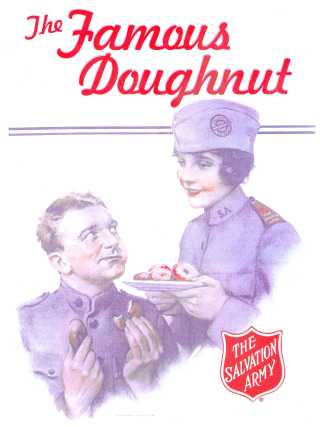Carnival (a farewell to meat) is defined as a communal celebration, especially the religious celebration in Catholic countries that takes place just before Lent. Since early times carnivals have been accompanied by parades, masquerades, pageants, and other forms of revelry that had their origins in pre-Christian pagan rites, particularly fertility rites that were connected with the coming of spring and the rebirth of vegetation.
 One of the first recorded instances of an annual spring festival is the festival of Osiris in Egypt; it commemorated the renewal of life brought about by the yearly flooding of the Nile. In Athens, during the 6th century B.C., a yearly celebration in honor of the god Dionysus was the first recorded instance of the use of a float. It was during the Roman Empire that carnivals reached an unparalleled peak of civil disorder and licentiousness. The major Roman carnivals were the Bacchanalia, the Saturnalia, and the Lupercalia.
One of the first recorded instances of an annual spring festival is the festival of Osiris in Egypt; it commemorated the renewal of life brought about by the yearly flooding of the Nile. In Athens, during the 6th century B.C., a yearly celebration in honor of the god Dionysus was the first recorded instance of the use of a float. It was during the Roman Empire that carnivals reached an unparalleled peak of civil disorder and licentiousness. The major Roman carnivals were the Bacchanalia, the Saturnalia, and the Lupercalia.
Image: a peacock-feathered Carnival mask – credit: Damsel
In Europe the tradition of spring fertility celebrations persisted well into Christian times, where carnivals reached their peak during the 14th and 15th cent. Because carnivals are deeply rooted in pagan superstitions and the folklore of Europe, the Roman Catholic Church was unable to stamp them out and finally accepted many of them as part of church activity. The immediate consequence of church influence may be seen in the medieval Feast of Fools, which included a mock Mass and a blasphemous impersonation of church officials. Eventually, however, the power of the church made itself felt, and the carnival was stripped of its most offending elements. The church succeeded in dominating the activities of the carnivals, and eventually they became directly related to the coming of Lent. The major celebrations are generally on Shrove Tuesday or “Fat” Tuesday (Mardi Gras).

 St. Valentine’s Day falls on February 14, and is the traditional day on which lovers in certain cultures let each other know about their love, commonly by sending Valentine’s cards, which are often anonymous. The history of Valentine’s day can be traced back to a Catholic Church feast day, in honor of Saint Valentine. The day’s associations with romantic love arrived after the High Middle Ages, during which the concept of romantic love was formulated.
St. Valentine’s Day falls on February 14, and is the traditional day on which lovers in certain cultures let each other know about their love, commonly by sending Valentine’s cards, which are often anonymous. The history of Valentine’s day can be traced back to a Catholic Church feast day, in honor of Saint Valentine. The day’s associations with romantic love arrived after the High Middle Ages, during which the concept of romantic love was formulated.



 The Salvation Army Captain in San Francisco had resolved in December of 1891 to provide a free Christmas dinner to the area’s poor. But how would he pay for the food?
The Salvation Army Captain in San Francisco had resolved in December of 1891 to provide a free Christmas dinner to the area’s poor. But how would he pay for the food?